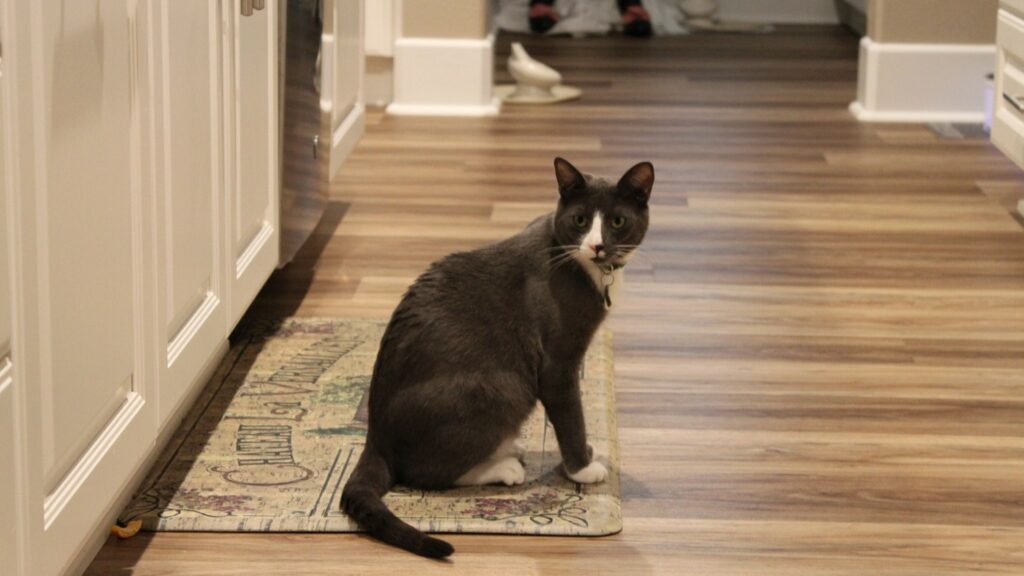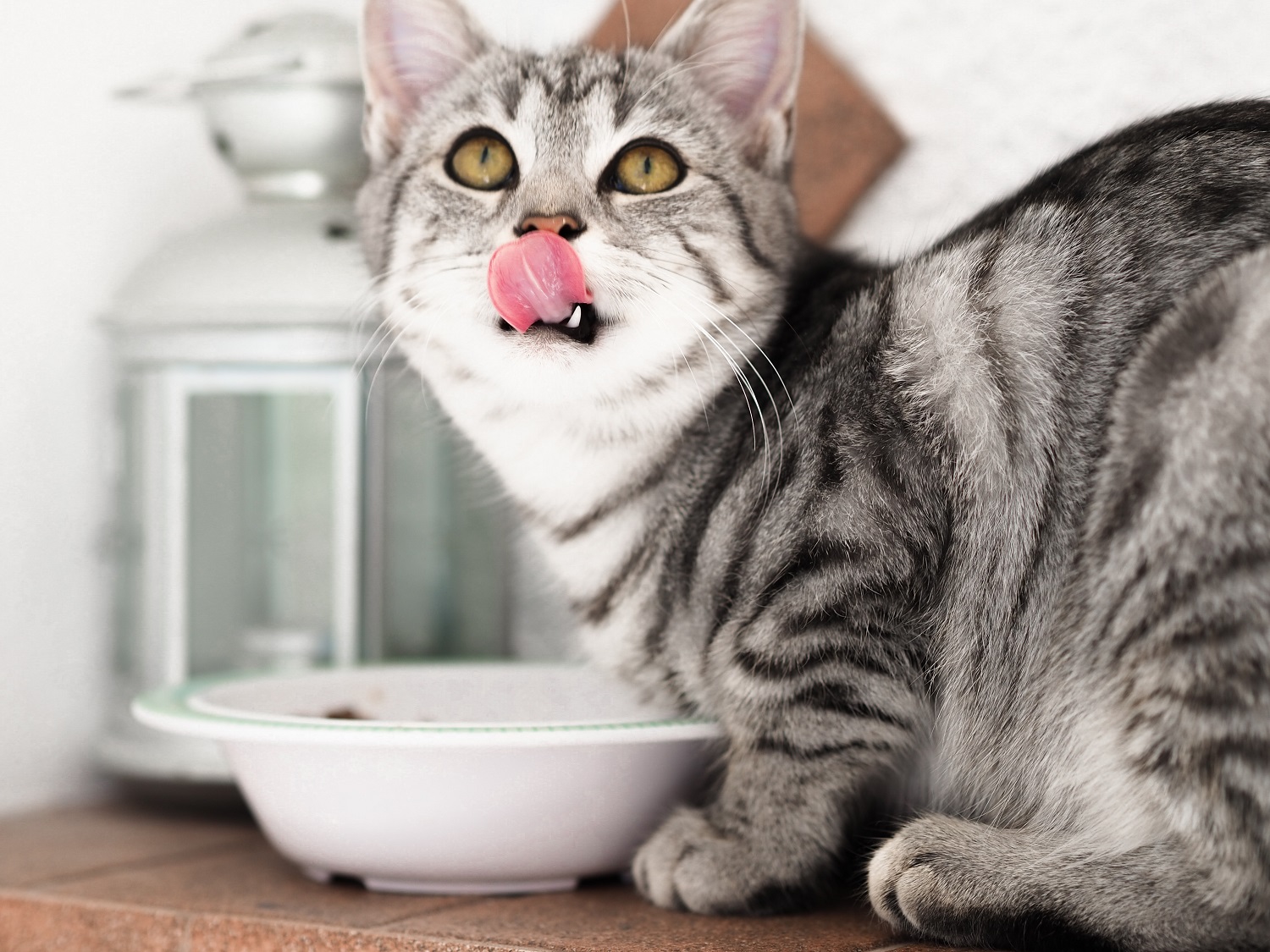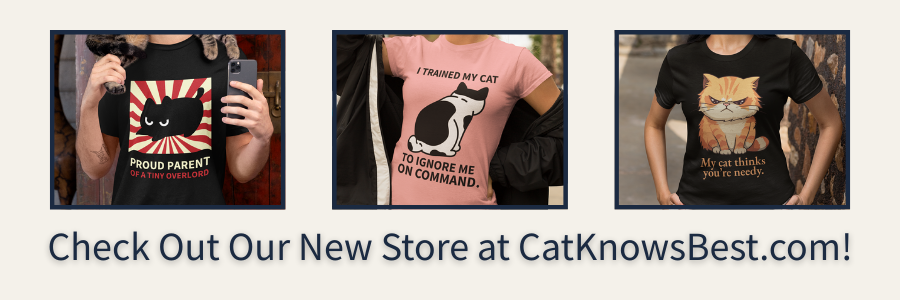You carefully open a can of wet food, plop it into your cat’s bowl, and watch them sniff it like it just offended their ancestors. Then they walk away. If this scene sounds familiar, you are not alone.
As it turns out, cats often prefer warm food over cold food. Not because they are dramatic (although, yes), but because warm food signals freshness, safety, and, well, prey that is not still frozen from the fridge.
Let’s explore why cats turn their noses up at cold meals, how food temperature affects their eating habits, and how to serve their meals in a way that keeps both of you happy.
Food Temperature Matters to Cats More Than You Think
Cats are creatures of habit, instinct, and refined taste. In the wild, their meals come in the form of freshly caught prey, which is warm, soft, and smells strongly of meat. That experience is hardwired into their biology.
So when you serve food straight from the refrigerator, your cat may hesitate because:
- It smells less intense
- It feels unnatural to their mouth
- It lacks the warmth they associate with fresh meat
Cats have an extremely sensitive sense of smell, and warming up food enhances its aroma. That smell triggers appetite and excitement. Cold food, on the other hand, has muted scents and firmer textures that may seem off-putting.
Why Some Cats Refuse Cold Food Entirely
If your cat snubs food that is straight from the fridge but devours it after it sits out or is warmed, you are looking at a classic case of temperature-related food rejection.
Here are a few reasons your cat might be giving you the stink eye over cold food:
1. It smells wrong
To cats, scent is everything. Cold food releases fewer aromas, making it less appealing, even if it is the same food they usually love.
2. It feels weird to eat
Cold food can be harder to chew, especially for older cats or those with dental issues. The texture might be too firm or the temperature too uncomfortable on sensitive teeth.
3. It does not match their expectations
Cats form strong associations with how food should look, smell, and feel. If their usual favorite meal suddenly comes out cold, they may assume something is wrong with it.
4. It reminds them of leftovers
Cats are instinctively cautious about spoiled food. Cold, stale-smelling meals may trigger the feline version of “I am not eating that.”
The Ideal Serving Temperature for Cat Food
Veterinarians and animal nutritionists generally recommend serving wet food at room temperature or slightly warmed. This mimics the temperature of prey in the wild and helps maximize scent and flavor.
The goal is to make the food more palatable without overheating it. You want it warm, not hot.
A good target range:
- Between 86°F and 98°F
- Slightly warmer than room temperature
- Never steaming or hot to the touch
Too hot, and you risk burning your cat’s tongue. Too cold, and you are back to the judgmental stare and untouched bowl.
Safe Ways to Warm Your Cat’s Food
If you are dealing with a picky eater, warming up their meals can be a game-changer. Just make sure you do it safely.
Microwave with care
Place the food in a microwave-safe dish and warm it for a few seconds. Stir it thoroughly and test it with your finger to ensure there are no hot spots.
Use a warm water bath
Set the can or food dish into a bowl of warm water for a few minutes. This gently heats the food without altering texture or risking burns.
Let it sit at room temperature
If you have time, take the food out of the fridge 20 to 30 minutes before serving. This works well if your cat is on a consistent feeding schedule.
Avoid adding hot water directly to the food unless your vet recommends it. It can change the texture and water down the flavor, which may lead to more food rejection.

Okay, seriously. Do I really look like I’d be interested in a bowl of ice-cold chow? I’m a sophisticated kitten with refined tastes. I’m not going to eat a frigid bowl of tuna tar-tar. Besides, have you tasted some of the food you give me? I think we both know that you wouldn’t eat it. The least you can do is warm that food up! #FrozenFeast #HumansAreDumb #GiveMeTheWarmStuff #FeedMeLikePeople
Winston
What About Dry Food?
Dry food preferences are a little different. Most cats are fine with dry kibble at room temperature, and they do not expect it to be warm. That said, some cats do like their kibble warmed slightly in the sun or in a warm room, especially during colder seasons.
If you serve both wet and dry food, keep in mind that your cat may be more sensitive about the temperature of their wet meals than their crunchy ones.
How to Know If Food Temperature Is the Problem
If your cat refuses their favorite food or only eats a little bit before walking away, it may be worth testing the temperature.
Try this simple test:
- Offer a spoonful of cold food straight from the fridge
- Offer another spoonful warmed gently
- Watch how your cat reacts to each
If they ignore the cold version but dive into the warm one, congratulations. You are now officially a cat food sommelier.
Keep a mental note of what temperature gets the best response. Over time, you will learn exactly how warm they like it and can adjust your prep routine accordingly.
Final Thoughts: It Is Not Picky Eating, It Is Just Cat Logic
To us, cold leftovers are normal. To a cat, they are suspicious, potentially dangerous, and definitely not fresh.
Cats prefer warm food because it smells better, feels more natural, and matches what their instincts expect from a good meal. Warming up your cat’s food may seem like a small act, but it can make a big difference in how much they enjoy it.
So go ahead and pop that food in the microwave for a few seconds or let it sit out while you fill the water bowl. Your cat might not say thank you, but they will definitely clean the bowl.
And hey, if it makes dinnertime drama disappear, it is worth every second.
Sources:
Warming Up Cat Food https://www.petmd.com/cat/nutrition/should-you-warm-your-cats-food
Understanding Cat Food Preferences https://vcahospitals.com/know-your-pet/selecting-and-storing-cat-food
Feeding Cats Safely https://www.humanesociety.org/resources/feeding-your-cat
Cat Feeding Behavior Explained https://www.icatcare.org/advice/feeding-behaviour-in-cats
Recent Posts
Your Cat Might Be a Furry Little Healer… or at Least a Fuzzy Alarm System If you’ve ever had your cat suddenly become extra clingy when you’re under the weather, you’re not alone. From...
Cats are experts at hiding things, socks under furniture, their disdain for your playlist, and, unfortunately, symptoms of illness. In the wild, showing weakness could make them a target, so even...


